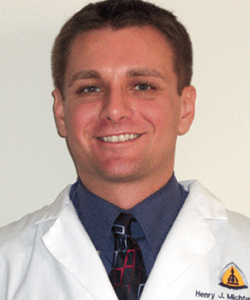The workload for hospitalists has increased significantly, thanks in part
to increased residency work-hour restrictions, greater access for patients to healthcare, and a general focus among hospitals to improve patient volume and throughput. Further complicating matters is that hospitalists are adept at functioning in different hospital environments and capacities, which has increased their use and workload. To assess the impact of workload on patient safety and quality measures, my colleagues and I conducted a national survey of hospitalists that was published in JAMA Internal Medicine.
Hospitalists Reporting Unsafe Workloads
According to our results, about 40% of hospitalists reported that their workload exceeded safe levels (more than 15 patients per shift) at least monthly, and 36% said it happened more than once a week. Approximately one-quarter of respondents reported that excessive workload delayed the admission or discharge of patients until the next shift or hospital day, which in turn impacted length of stay and workloads among ED providers.
In addition, 25% of respondents reported that they failed to fully discuss treatment options or to answer questions from patients and family members, and 19% said patient satisfaction soured due to unsafe workloads. Furthermore, 18% reported that it adversely affected patient handoffs. More than 20% of physicians reported that their average workload likely contributed to patient transfers, morbidity, or even mortality.
High Hospital Admissions Taking a Toll
High levels of admissions and unexpected health changes among admitted patients can dramatically affect the workload of hospitalists and ED physicians. In turn, these changes can increase lengths of stay and clog processes of care in the ED. To overcome these issues, a mutual understanding and collaboration is needed between emergency care providers and the physicians who receive patient admissions. A specific system should be put in place to ensure proper handoffs so that continuity of care isn’t sacrificed. An understanding of the upstream and downstream effects that workload has on both groups is also necessary.
The decision to admit patients typically falls to emergency physicians, but this is a sensitive area of concern in regard to safety and quality events that occur in hospitals. Ultimately, the care provided in the inpatient setting requires that ED physicians and hospitalists work together to design proactive—not reactive—strategies aimed at providing patients with high quality and safe medical care. Our survey results illustrate the need for clinicians to have discussions about workload so that the efficiency, safety, and quality of care from ED, inpatient, and outpatient providers can be optimized throughout patients’ entire course of care.




 admin
admin